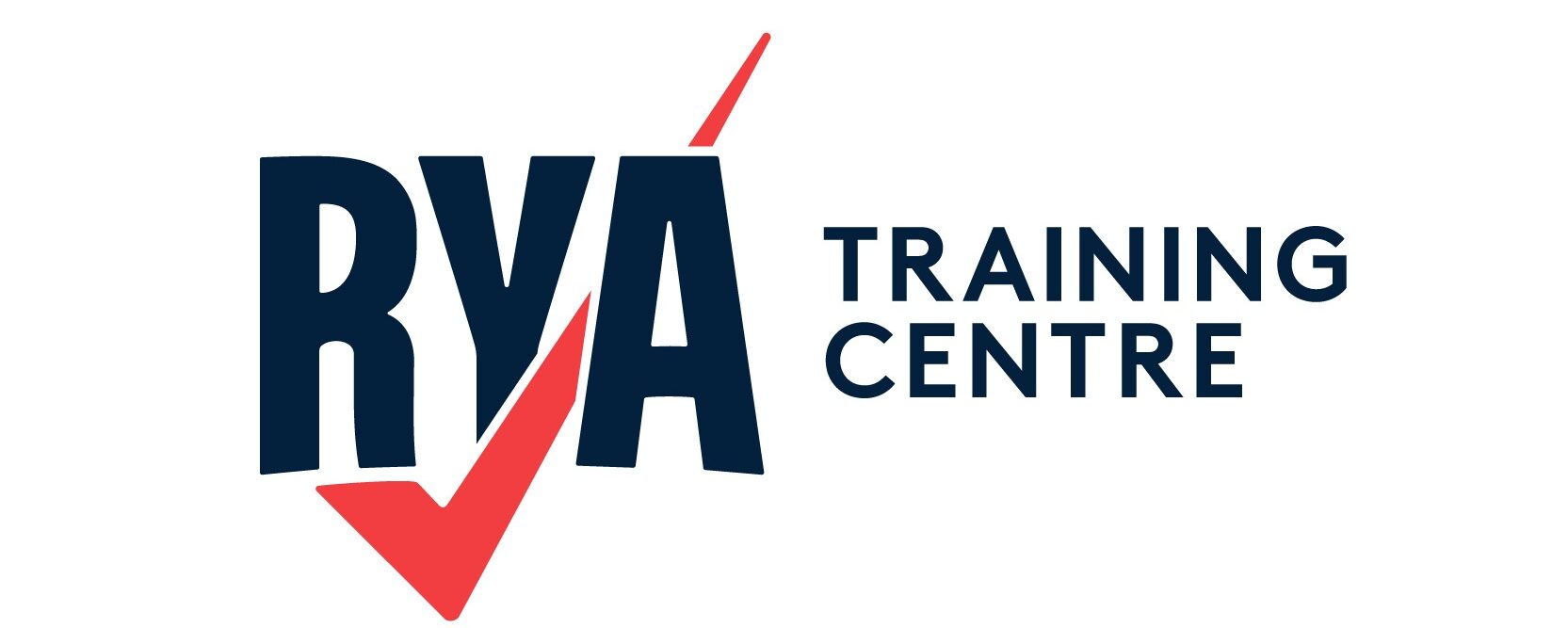The right lifejacket will keep you alive and increase your survival time in the event of immersion. They are designed to keep the victim face up in the water to allow breathing even if unconscious.
Wear your lifejacket – it won’t work otherwise!
There are a number of important differences between the types of lifejackets available. You need to carefully consider where and when your lifejacket will be used to choose the right lifejacket for your needs. Although lifejackets may look similar, there are some major differences that we explore below.
1. Lifejacket Flotation & Buoyancy
Standard offshore lifejackets have 150N of buoyancy (EN396). These are designed to turn most unconscious users face up in the water, and are suitable for both swimmers or non-swimmers.
Lifejackets with a buoyancy of 275N-290N are also available (EN 399). These are most suited to extreme conditions and offshore use, when the user may be wearing bulky foul weather gear. This type of lifejacket will allow unconscious wearers to be turned face up in water under almost all circumstances.
Buoyancy devices with a rating of 100N or less (EN 393 or EN 395) are intended for pleasure swimmers and as swimming aids. These will not turn a user face up in the water.
2. Lifejacket Activation Method
There are two main lifejacket activation methods now commonly used. The first type employs a manual system, whereby the user pulls a toggle to inflate the jacket. This is the simplest and most economical design. It also tends to reduce accidental inflation. The drawback is that the user must be conscious to activate the lifejacket.
The second method is the popular automatic system which activates on impact with the water. These will turn a conscious or unconscious user face up within around 5 seconds.
3. Additional Lifejacket Safety Features
Safety harnesses, spray hoods, and lights are the main additional safety features included on modern lifejackets.
A standard harness (EN1095) is designed to keep the user on the deck and secured to the vessel. It is not intended for use as a support harness when up the rig working.
A light is to identify a user if they fall overboard, and the spray hood is to protect the users airway from spray and waves. The spray hood may also have high visibility reflectors.
4. Lifejacket Maintenance
Lifejackets should be serviced annually. They will undergo inflation tests, with gas cylinders and auto-inflators being replaced before the expiry date, or if used/damaged.
Lifejackets should be stowed in a clean and dry location, without anything nearby to cause chafing. Your lifejacket can last up to 10 years with correct servicing and maintenance.
Photo credit: Crewsaver.co.uk





